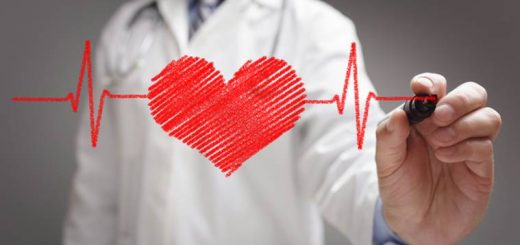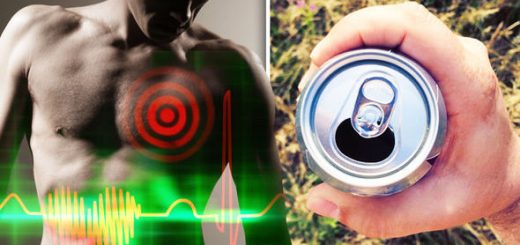What you need to Know about Heart Attack
Heart diseases are the leading causes of death among both men and women in the world. Most of the people who develop heart conditions have one or major factors which can be controlled by them on their own. These include smoking, high-blood pressure, uncontrolled sugar, abnormal cholesterol levels and stress. There are definite ways to tackle such cases which can be tackled by changes in lifestyle if you are aware.
Heart Attack:
- The heart requires a regular supply of blood which is rich is food and oxygen. This supply of goodies are carried to the heart using the coronary arteries. The coronary arteries can become narrowed or blocked by plaque which ceases the supply. Blood clots can form these plaques and block the artery causing chest pains. The muscles which are supplied by this blood is soon starved of oxygen and ceases to function, known as heart attack. This can cause dangerous life threatening complications including dangerous arrhythmias.
- While heart attack can be deadly, immediate treatment significantly increase the chance of survival and decrease the likelihood of severe long term effects. It is important to recognize the possible symptoms of this serious usually sudden onset condition.
Heart Attack Warning Signs:
Some heart attacks are sudden and intense, where everybody can understand what’s happening, but most heart attack start slowly. With mild pain and discomfort, most people don’t understand what is going on until it is too late to call for help.
Chest discomfort:
Most heart attacks involved discomfort in the centre of the chest hat last more than a few minutes, or that goes away and come back. It can feel like uncomfortable pressure, burning squeezing, fullness or pain.
Discomfort in other areas of the upper body:
Symptoms can include pain or discomfort in one or both arms, back, neck, jaws or stomach.
Shortness of breath: May occur with or without chest discomfort.






Recent Comments